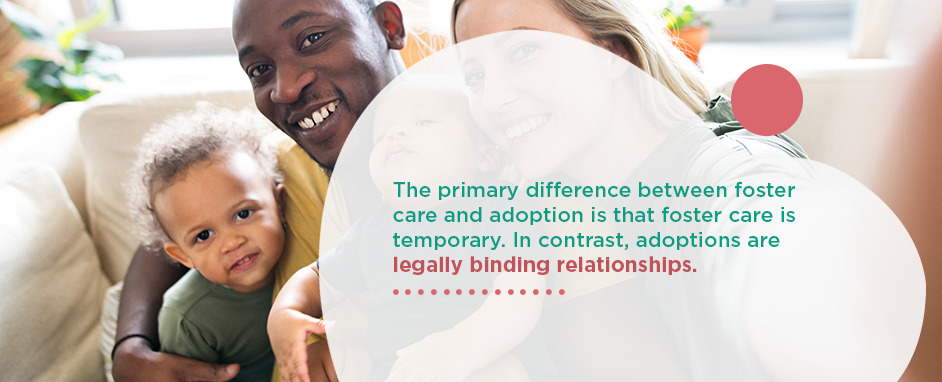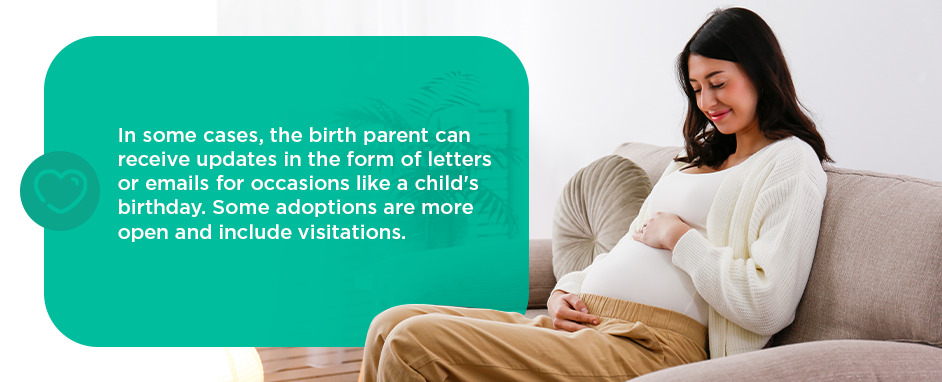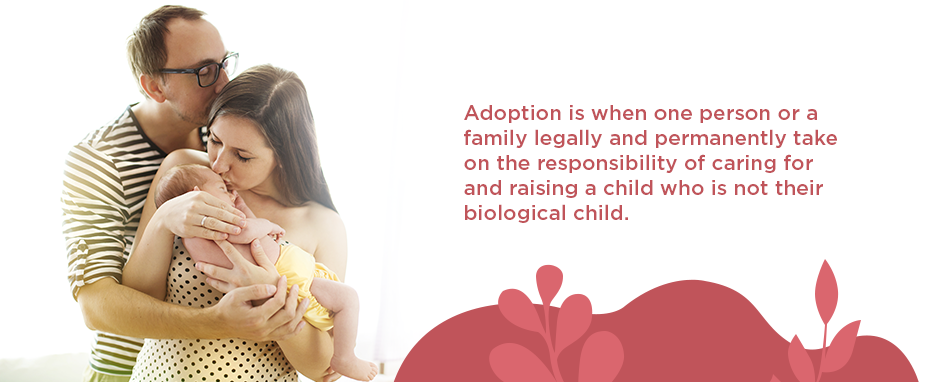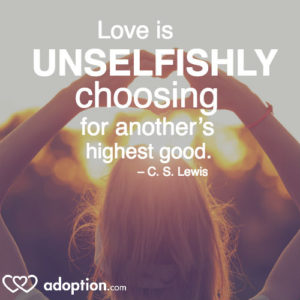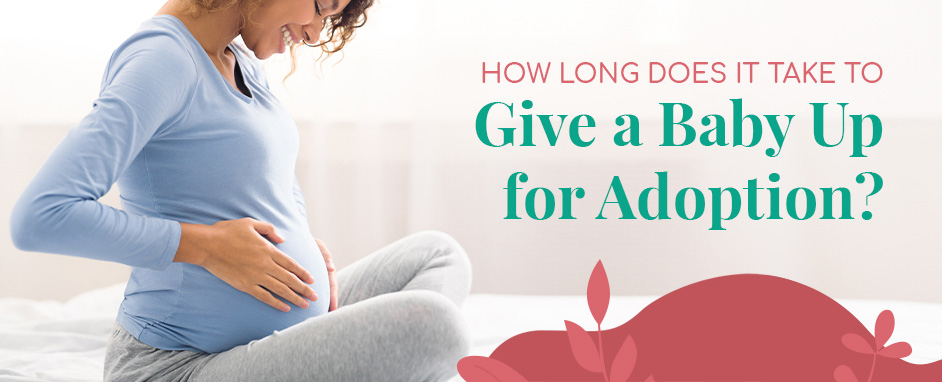May 10, 2023
Foster Care vs. Adoption
When you’re hoping to provide a loving home to a child, you might wonder whether you should foster or adopt. Both options help you provide a safe and caring home.
The primary difference between foster care and adoption is that fostering is meant to be temporary, while adoption is a more permanent, long-term situation. If you are hoping to grow your family and care for a child, learning about the processes of foster care versus adoption can help you decide on the right choice for your family.
What’s the Difference Between Foster Care and Adoption?
Foster care and adoption differ in the approval process, birth parent involvement levels, costs, funding and more:
Temporary vs. Permanent
The primary difference between foster care and adoption is that foster care is temporary. In contrast, adoptions are legally binding relationships where your child has been bestowed the rights and privileges of a biological child, giving you permanent guardianship. And while foster care is a temporary situation, the goal is to find a child a permanent, loving home.
Approval Process
Foster care and adoption laws and requirements differ depending on the state, though there are generally four steps to get approved:
- Locate a foster care or adoption agency in your state.
- Complete an application with the agency.
- Attend training, such as learning about children in care, meeting other families and preparing to integrate the child into your family.
- Complete a home study, such as interviews and home visits, to determine if foster care or adoption is right for you and whether the child is the best match for your family.
There are different requirements for becoming a foster care parent versus an adoptive parent, so be sure to review your state’s resources.
Birth Parent Involvement
Birth-parent involvement in foster care and adoption depends on certain factors.
For adoptions, birth parent involvement depends on arrangements made ahead of time. Most international adoptions, for instance, are closed, and the child has no contact with their birth parents once the adoption is finalized. However, domestic adoptions can involve some contact with birth parents.
In some cases, the birth parent can receive updates in the form of letters or emails for occasions like a child’s birthday. Some adoptions are more open and include visitations.
If you choose to foster, that child may remain in close contact with their birth parents and are often encouraged to do so in foster care. In some cases, there may be court-ordered ongoing visits with birth parents. However, the biological parent’s rights in foster care can differ depending on the state.
Costs and Funding
Foster families often receive support for planning, advocating, relief, volunteers and other needs, with funding services varying from state to state. In contrast, adoptive parents might receive a subsidy, though they are responsible for all costs and decisions related to their adopted child. Some adoption agencies have a sliding scale based on the prospective adoptive parent’s income.
Suppose you choose not to work with an agency. In that case, to legally adopt, costs can include the involvement of attorneys, social workers, government administrators, adoption specialists or counselors.
Generally, it costs less to foster because upfront costs will be offset by subsidies and assistance you receive.
Foster Care vs. Adoption Statistics
According to the U.S. Department of Health and Human Services, in 2021, over 391,000 children were living in the U.S. foster care system. Over 113,000 of these children will wait almost three years to be adopted, and the average adoption age is 6. Of the 53,500 children adopted in 2021, 55% were adopted by their foster parents.
What Is Foster to Adopt?
Foster to adopt is the process of adopting a foster child in your care. While just a minority of foster children become available for adoption, many of them are adopted by their foster parents. Sometimes, it’s better to foster before adoption. When a foster child is in the family’s care, the parents can bond with the child and learn essential parenting skills.
Fostering before adopting also presents a stronger case for adoption if the foster parents choose this route. Every state has requirements for parents who wish to adopt a foster child, so be sure to look over these factors to determine your eligibility.
Foster Care Overview
Foster care is temporary care for children who have been removed from their families due to the termination of parental rights. There are many reasons parents cannot care for their children. Some children require protection and a safe place to live, while others enter through voluntary placement by their parents or caregivers.
Through foster care, your home becomes the child’s temporary home, and the first approach is to help the birth family find a solution to ensure the child can return to their home. Sometimes, the child’s relatives can take the child into their home, while other outcomes involve adoption or permanent fostering.
When you are approved as a foster parent, your first placement will likely occur quickly. This is because many foster children need homes as soon as possible. You might care for a foster child for days, months or even years. When they enter your home, you are responsible for their daily care — including their physical and emotional needs. Being a foster parent is a serious but rewarding commitment.
Foster Parent Requirements
You must meet your state’s requirements to become a foster parent. You’ll likely be assigned a caseworker to evaluate your home and ensure you are prepared to become a foster parent and meet the general requirements. A caseworker will identify your parenting strengths as you complete pre-placement training. While requirements to become a foster parent vary by state, in general, they require that you:
- Are at least 21 years old.
- Complete a criminal background check.
- Complete required pre-placement and ongoing training.
- Have a household income that meets the basic needs of the child.
- Are free of physical, emotional or mental health conditions that could endanger the child or impair your ability to provide care.
- Have a home that is certified fire safe and free of hazardous conditions.
Foster care training programs give parents the techniques needed to help children who are survivors of abuse. You can learn more about behavior and emotional issues like trauma, cooperation, limit setting and bonding. Once you become a certified foster parent, you could get a call anytime to let you know that a child needs a home.
Throughout your time as a foster parent, you will also typically receive ongoing guidance and support from your caseworker and the child-placing agency. You’ll likely receive subsidies to help meet the child’s daily living needs. You can also expect support through:
- Monthly visits
- Establishing goals
- Documentation
- Allowance to cover the costs of care
- Frequent contact to determine a child’s needs
- The resources to meet those needs
Types of Foster Care
There are many types of foster care, including:
- Temporary: The child is in an urgent situation and needs a safe place to stay for a few nights.
Short-term: The short-term foster option could be several weeks or a few months while a permanent solution is determined for the child.
Long-term: Children not in a position to be adopted but cannot live with their birth family require long-term foster care. - Specialist therapeutic: This foster care focuses on children with complex needs or challenging behavior.
- Kinship foster: This is a situation where the child is placed with people they already know, such as family members.
- Respite care: Children with disabilities or behavioral difficulties will enter respite care for short visits with another foster family so the parents or foster carers can take time for themselves.
Adoption Overview
Adoption is when one person or a family legally and permanently take on the responsibility of caring for and raising a child who is not their biological child. Once the adoption is final, the adoptive parents have the same legal responsibilities and rights as birth parents. Adoption provides legal security for both adoptive parents and their children.
In many cases, biological parents voluntarily give up their rights because they believe it is in the child’s best interest. Adoption is a way to make a child feel safe and loved and provide access to opportunities every child should have. Adopting can be a lengthy process, often requiring the assistance of lawyers, judges and social workers to finalize. However, for most families, adoption is an act of love and a desire to enrich their family and their child’s life.
Requirements
Like foster care, the requirements to become an adoptive parent vary by state and adoption agency. In general, they require that prospective parents are over the age of 18 and do not have a criminal record. Adoptive parents should commit to the permanent responsibilities of raising a child.
Other requirements can include:
- Proof of income and resources necessary to raise a child
- A home that is safe and secure for a child to live in
- Physical and emotional stability to raise a child
- Being single or married, depending on the agency
- Completing pre-placement and ongoing training required by the agency
If you’re considering adoption, you might adopt an older child from foster care or a baby from a private adoption agency. No matter what you choose, these options allow you to create an adoption situation that’s right for you.
Permanent Foster Care vs. Adoption
Children don’t often enter foster care to be available for adoption since the expectation is that they will return home once the issues in the birth family are fixed. When a child’s home situation cannot be remedied, a court order can sometimes be issued to give the local authority legal responsibility for the young person. In some cases, this means the child is available for adoption.
Permanent foster care is sometimes chosen over adoption, however. This is because it may be deemed in the child’s best interest to stay in contact with their birth parents. Often, this is because the child has a strong desire to visit and maintain a relationship with their family. Though contact might be minor, it allows for a connection between the child and their birth parents. If the child were adopted, the adoptive parents could gain full parental rights, and the link between the child and their birth parents could be impacted.
Factors to Consider When Choosing Adoption vs. Fostering
Ultimately, the decision to foster or adopt is up to you, and there are many factors to consider. Knowing the difference between the two options can help you decide which one is right for you. Foster care and adoption play essential roles for children by providing love and safety. While neither foster care nor adoption is better than the other, one process might be more suitable for you.
As you’re considering foster care or adoption, ask yourself these questions:
- Do you want a temporary or permanent relationship with the child?
- Are you ready and willing to assume all financial, emotional and legal responsibilities and rights for the child?
- Can you complete the training classes to help meet any challenges for your child?
If you choose foster care, consider whether you are willing to live with the fact that the child may return to their birth family, be adopted by a family member or be adopted by you. And whether you feel your family is a good fit or not, professionals will consider if you can meet the child’s needs and ultimately make the final decision based on the child’s best interest.
Also, consider that parents adopting through foster care are more likely to be placed with an older child than a newborn. While some parents feel equipped to care for a baby, others may not feel prepared but are ready to meet the challenges of caring for an older child.
While becoming a foster parent costs little to nothing, adoption can be more costly. Consider financial factors such as legal fees, medical bills, agency fees and administrative work. Adoptive parents are responsible for their child’s medical care, finances, education and spiritual development.
Consider which situation you feel most excited about. Both options can help you provide a safe, secure and loving space for a child, though your answer to these questions could lead you toward one option over the other.
Choose One True Gift for Adoption
Every child deserves a safe, loving family, and any type of adoption or fostering comes with unique challenges and joys. When you are ready to expand your family through adoption, Abby’s One True Gift Adoptions can help you accomplish that goal. Our team has matched many hopeful parents with birthmothers, and we can help find the right fit for your family.
Our process is simple — once we receive your documentation, we’ll present your profile to our birthmothers, who can select families based on criteria. If a birthmother chooses you and you would like to proceed, we’ll arrange an interview between both parties. If you decide to proceed, we’ll help you coordinate your adoption.
To get started, fill out our adoptive family application or contact us to request information.

